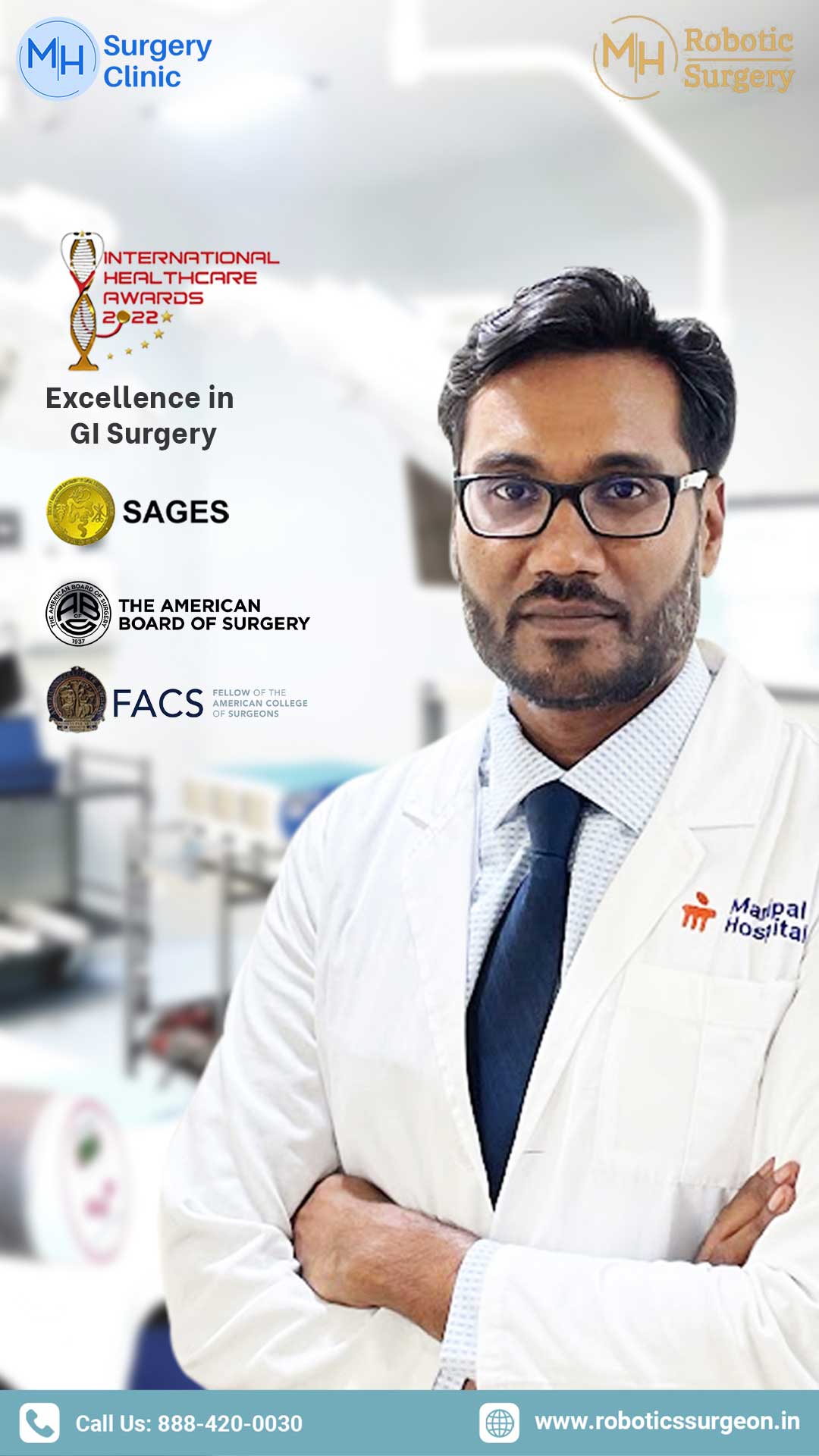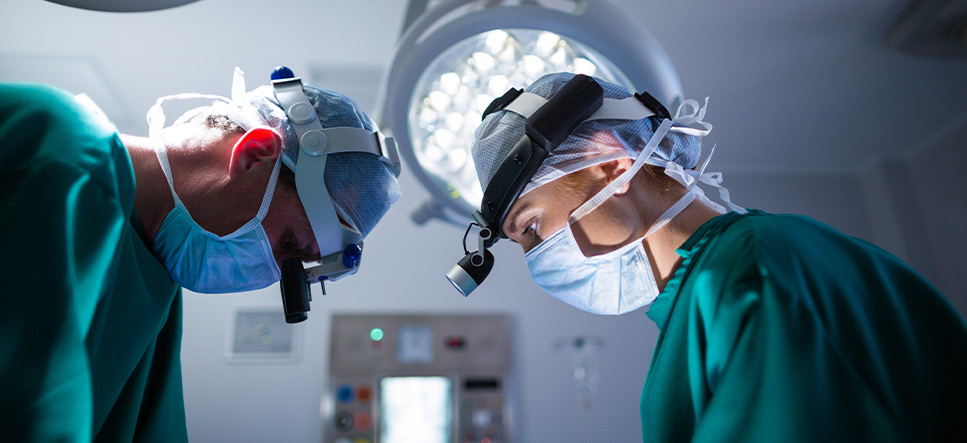
Robotic-Assisted Gallbladder Surgery
We believe minimally invasive care is life-enhancing care
Innovating Minimally Invasive Surgery
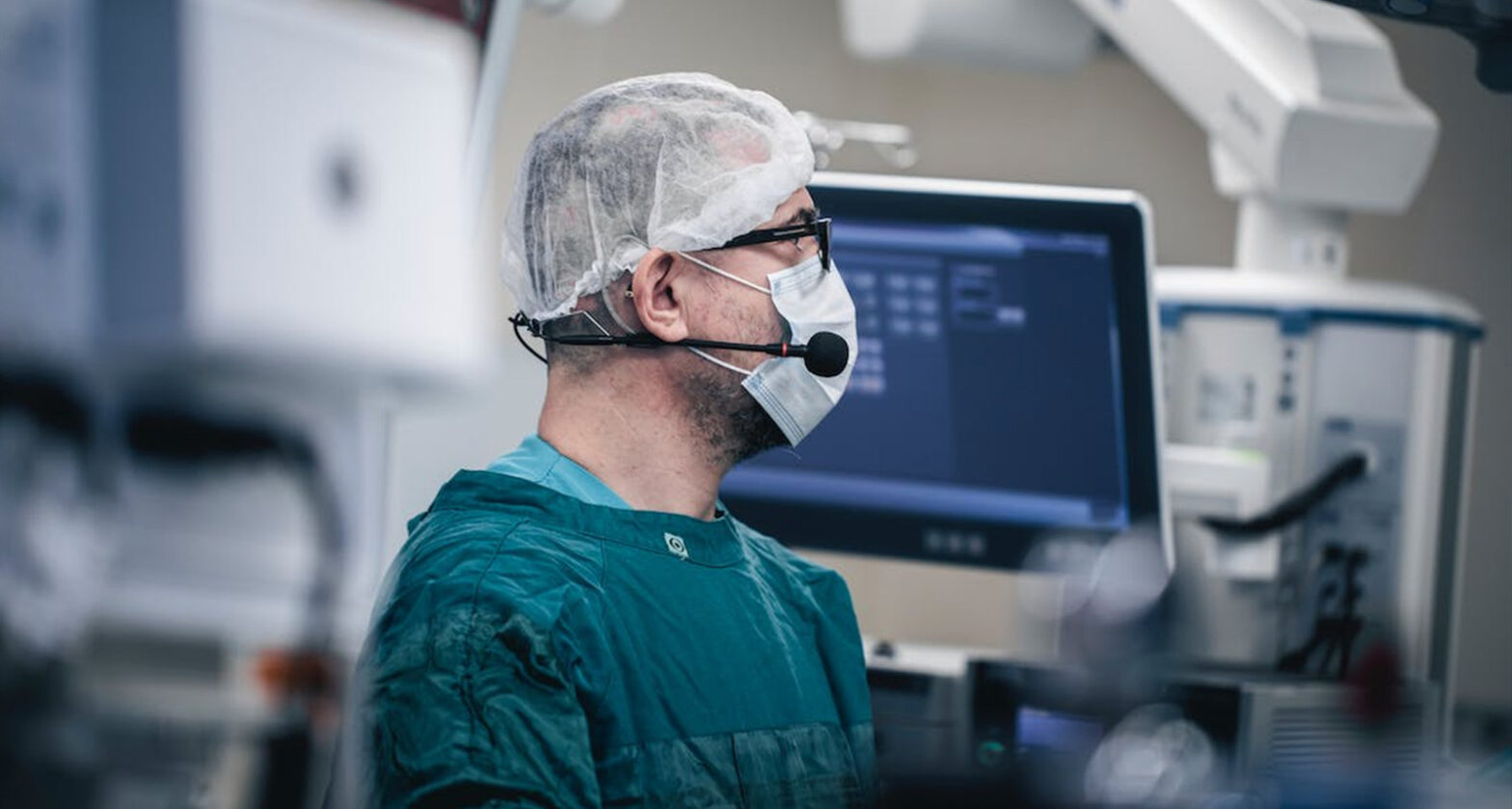
Recent developments in medicine have transformed surgery, providing patients with safer and more effective treatment alternatives. Robotic gallbladder surgery is one such invention that is revolutionizing the field of minimally invasive surgery. It is a revolutionary procedure.
Modern robotic technology is used in robot-assisted gallbladder surgery, to execute complex and precise procedures with unmatched accuracy. We at MH Robotic Surgery Clinic take great pride in providing our patients with this state-of-the-art method of gallbladder removal, which leads to better results and quicker recovery periods.
The Advantages Of Robotic Gallbladder Removal
Robot-assisted gallbladder surgery for gallbladder removal only requires a few minor incisions, as opposed to huge wounds and lengthy recovery times associated with traditional open surgery. By using these tiny ports, the robotic surgical system, under the direction of highly competent surgeons, manipulates specialized instruments with incredible delicacy and precision, providing unmatched accuracy in reaching the gallbladder.
Enhanced Viewing And Accuracy: The Benefits of Robotic Vision In Surgery
The improved viewing capabilities of robotic surgery for gallbladder removal are one of its main benefits. With a magnified, crystal-clear picture of the surgical site provided by the high-definition 3D camera, surgeons can perform accurate dissection and removal of the gallbladder with minimal harm to surrounding tissues.
Moreover, robotic technology provides surgeons with increased control and flexibility throughout the process, facilitating their ability to precisely execute difficult procedures and negotiate intricate anatomical structures. Better results and shorter hospital stays result from this degree of precision, which also improves patient safety and lowers the chance of complications.
At MH Robotic Surgery Clinic, we recognize the value of offering our patients the most cutting-edge surgical alternatives on the market. We provide a minimally invasive robotic gallbladder surgery procedure that combines state-of-the-art technology with the experience of our board-certified surgeons to provide the best possible outcomes and a quicker return to regular activities.
The Future Of Gallbladder Surgery With Robotics
Robot-assisted gallbladder surgery is the way of the future for medical care, providing patients with a quicker, safer option than open surgery. This novel method is changing the way we treat gallbladder disease by being more precise, flexible, and minimally invasive while also giving patients better results and a quicker recovery. Visit the MH Robotic Surgery Clinic and lead a healthier happier life. After all, this is a place where patient care quality and innovation coexist.
Read Also: Pancreatic Stones, Robotic Prostatectomy
We are making robotic surgery a new standard of care

Patient-Centered Care
Prioritize patient safety and well-being in the development and implementation of robotic care. Involve patients in the decision-making process, provide clear information, and address their concerns and preferences. Conduct rigorous clinical trials and studies.
Interdisciplinary Teams
A multidisciplinary team of experts, including clinicians, roboticists, engineers, data scientists, and healthcare administrators, to collaborate on this initiative. Encourage open communication and collaboration which leads to better patient outcomes.
Cost-Effectiveness
Assess the cost-effectiveness of robotic care and explore ways to make it more accessible to a broader range of patients. Collaborate with healthcare payers and providers to ensure reimbursement for robotic procedures.
Education and Training
Develop comprehensive training programs for healthcare providers, ensuring that they have the necessary skills and knowledge to use robotic systems effectively. Offer ongoing education and certification and update on the latest advancements.What to expect with robotic-assisted surgery
If you or someone you know is scheduled for robotic-assisted surgery, it’s natural to have questions about what to expect before, during, and after the procedure. Robotic surgery is a transformative medical technology that has revolutionized the field of surgery by enhancing the capabilities of surgeons and improving patient outcomes. Here’s an overview of what you can typically anticipate when undergoing robotic-assisted surgery:
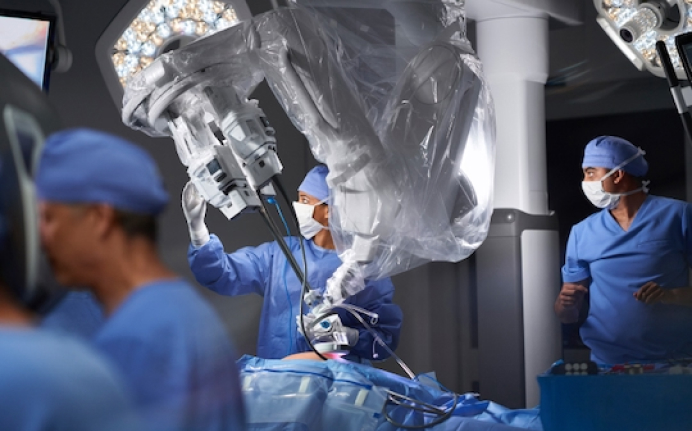
Before the Surgery
Consultation: You will have one or more consultations with your surgeon to
discuss your medical condition, the surgical procedure, and whether
robotic-assisted surgery is the right option for you and any alternatives if there are any.
Preoperative Evaluation: Before the surgery, you may need to undergo several tests and evaluations to ensure you are a suitable candidate. This may include blood tests, imaging scans, and a review of your medical history.
Preparation: Your surgeon and healthcare team will provide specific instructions about how to prepare for the surgery. This may involve fasting for a certain period, discontinuing certain medications, and taking a shower with a special soap to reduce the risk of infection.
During the Surgery
Anesthesia: You will be given anesthesia to keep you pain-free and asleep during
the surgery. The type of anesthesia (general or local) will depend on the specific procedure and your medical condition.
Operating Room Setup: In the operating room, the surgical team will position you on the operating table and prepare the surgical area. The robotic system will be set up, and your surgeon will be seated at the console.
Robotic Assistance: Your surgeon will control the robotic arms and instruments from the console. The robotic system provides enhanced precision and dexterity during the surgery.
After the Surgery
Recovery Room: After the surgery, you will be taken to a recovery area where
you'll gradually wake up from anesthesia. A nurse will monitor your condition
closely.
Pain Management: You may experience some pain or discomfort after surgery. Your healthcare team will provide pain management medications as needed.
Hospital Stay: The length of your hospital stay will vary depending on the type of surgery and your individual recovery progress. Many robotic-assisted surgeries result in shorter hospital stays compared to traditional open surgery.
Why choose Robotic Surgery

Enhanced Vision
The robotic system delivers 3D high-definition views, giving your surgeon a crystal clear view of the surgical area that is magnified 10 times to what the human eye sees. This helps the surgeon perform surgery with greater accuracy and smoothness.

Precise movements
Robotic systems provide high precision and delicate motor control, lowering the possibility of human error. Surgeons utilize tiny devices that mimic human hands. Built-in tremor-filtration technology helps in smooth and precise movements.
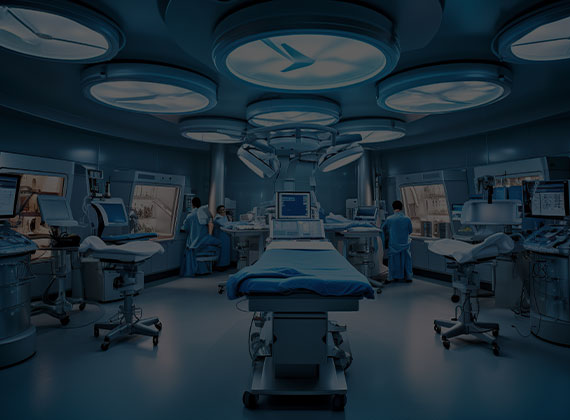
Minimal Blood loss
Robotic surgery is minimally invasive, meaning it involves small incisions wiith minimal tissue damage resulting in less pain, and reduced scarring. Less blood means results in faster healing, less time in hospital and return to life sooner than expected.
